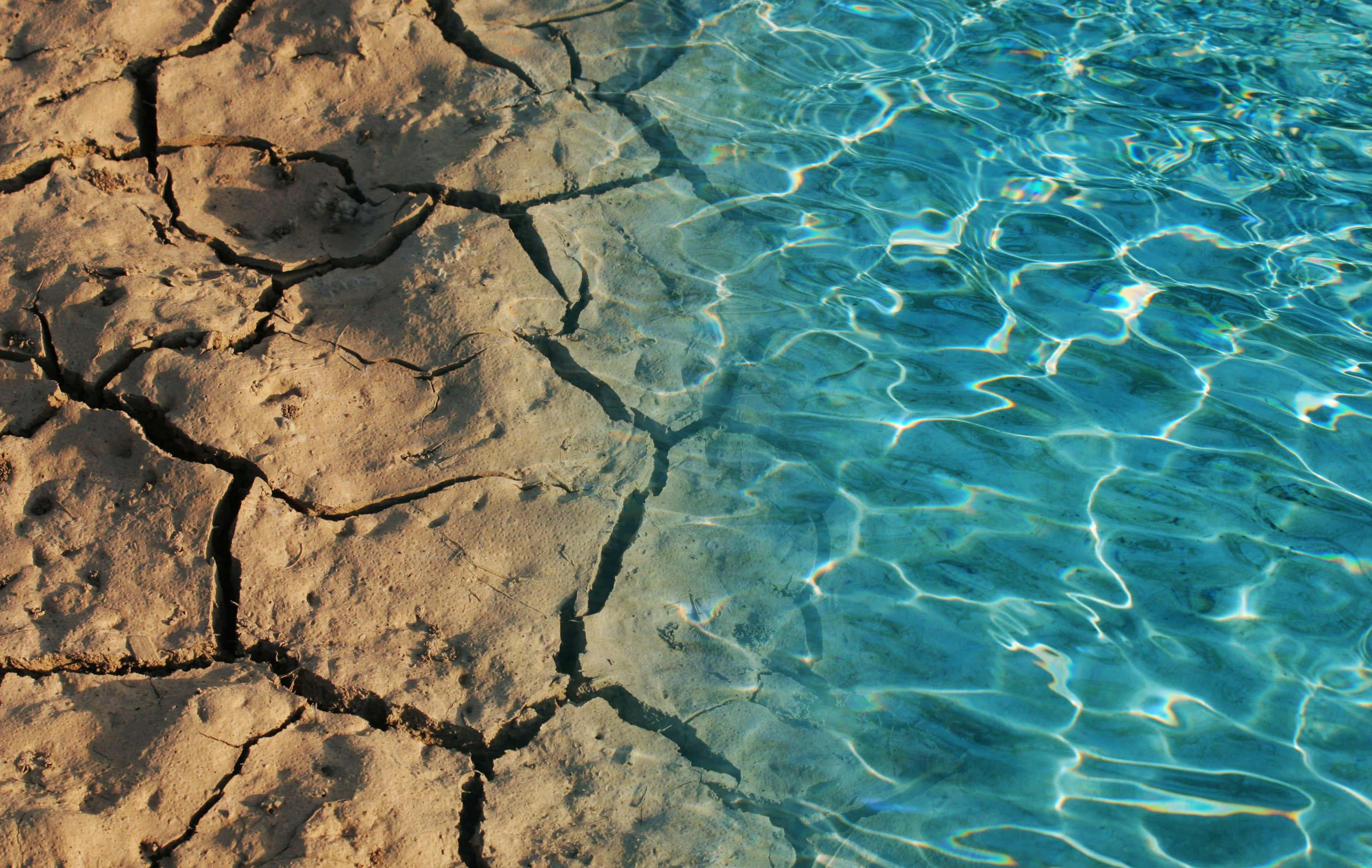
California’s water supply levels are continuing to drop closer to those at the beginning of 2014, which was the start of the last drought cycle.
The whole state is in some sort of drought, with conditions ranging from abnormally dry to exceptional drought, according to the U.S. Drought Monitor map. As reservoir levels continue to drop, hydropower production also may decline.
Dry conditions and the resulting water supply cutbacks pose challenges for food producers.
The state is particularly dry because 2020 was a very hot climatic year combined with a very dry water year. Although the state carried over about 300,000 acre-feet at Lake Oroville, the reservoir is holding 53% of its historic average while Lake Shasta is at 61% of historic average.
Governor’s Order
On April 21, Governor Gavin Newsom directed state agencies to act immediately “to bolster drought resilience and prepare for impacts on communities, businesses and ecosystems if dry conditions extend to a third year.”
At a news conference the same day, he signed a drought emergency declaration for Mendocino and Sonoma counties in the Russian River watershed.
The Governor emphasized the importance of a regional approach to tackling the drought and said the administration is prepared to add drought declarations for other communities if local conditions warrant it.
The administration’s drought task force, chaired by Resources Agency Secretary Wade Crowfoot, has been actively monitoring water conditions statewide since last fall.
Allocation Cutbacks
In March, state and federal water officials cut projected amounts of water they plan to send farmers and cities. The state Department of Water Resources (DWR) cut initial allocations of 10% to 5% of requested supplies. The U.S. Bureau of Reclamation told its water contractors that the Bureau was freezing allocations and not to expect to receive any water until a reassessment in June.
The State Water Resources Control Board (State Water Board) sent notices to California’s 40,000 water users, from small farms to big cities, informing them of likely cuts to water supplies. It was a preliminary warning to water rights holders that there isn’t enough supply to fulfill all the water rights on the books. The State Water Board will probably know by May or June if orders to stop taking surface water will be necessary.
The Reclamation Bureau announced this month that springtime operations at Shasta Dam will adjust to benefit endangered winter-run Chinook salmon in the Sacramento River during this critically dry water year.
Change is coordinated between state and federal agencies plus the Sacramento River Settlement Contractors to preserve the limited supply of cold water behind the dam.
What the Bureau’s announcement means is that warmer water will be released from the dam, holding back cold water for later in the year when the salmon need it. The releases will bypass Shasta’s powerplant, reducing the hydropower generated. Shasta’s powerplant provides power to an estimated 250,000 households per day.
Colorado River Basin
Lake Mead and Lake Powell (close to the Arizona-Utah border) haven’t rebounded from hot, dry conditions of the last 21 years. The reservoirs will likely drop later this year, leading to mandatory conservation by some of the biggest users of the river’s water.
It looks like Lake Mead on the Arizona-Nevada state line will drop below 1,075 feet in elevation in June. That’s going to trigger a shortage declaration. Federal officials, however, regularly issue long-term projections in August with cuts taking place in January.
Arizona, Nevada and Mexico voluntarily gave up Colorado River water under a drought contingency plan in 2019. The two U.S. states would be the first to be subject to mandatory cuts. California eventually will have to reduce its Colorado River draw if the drought continues.
Reducing Water Use
Many water districts and agencies have been working with their customers for the last couple of months to reduce water usage. Not every district has groundwater supplies to fall back on, so early conservation is necessary.
There were 40 applications for water transfers in the first quarter of this year — up from 19 applications in 2020. But transferring water works only if there are supplies to transfer.
Earlier this week, the Marin Municipal Water District became the first in the state to impose mandatory conservation measures, with penalties being enforced starting May 1.
Food Production
Agricultural operations have been trying to decide how much to plant or whether to decrease herds depending on water availability.
Since the end of February, farmers have been planting in the Central Valley and planting continues in some commodities. Ranchers in the Klamath area are culling herds to reduce the need to purchase supplemental feed and water for cattle. Orchardists will have to keep irrigating so their trees don’t die, whereas other types of growers can fallow land to save water.
Lessons from History
California learned much from the last drought cycle. Conservation measures are embedded into how water is used. Businesses upgraded equipment and employed water-saving strategies in operations. Agriculture continued investments in technology to grow more produce using less water. Residential users purchased newer water-saving appliances, changed landscaping, and found ways to reduce their water usage.
The state is in better shape to deal with drought than it was in 2014. Still, a drought now brings a whole set of new problems for business and agriculture to contend with on the heels of staying viable through a pandemic that caused many disruptions and financial hardships.

